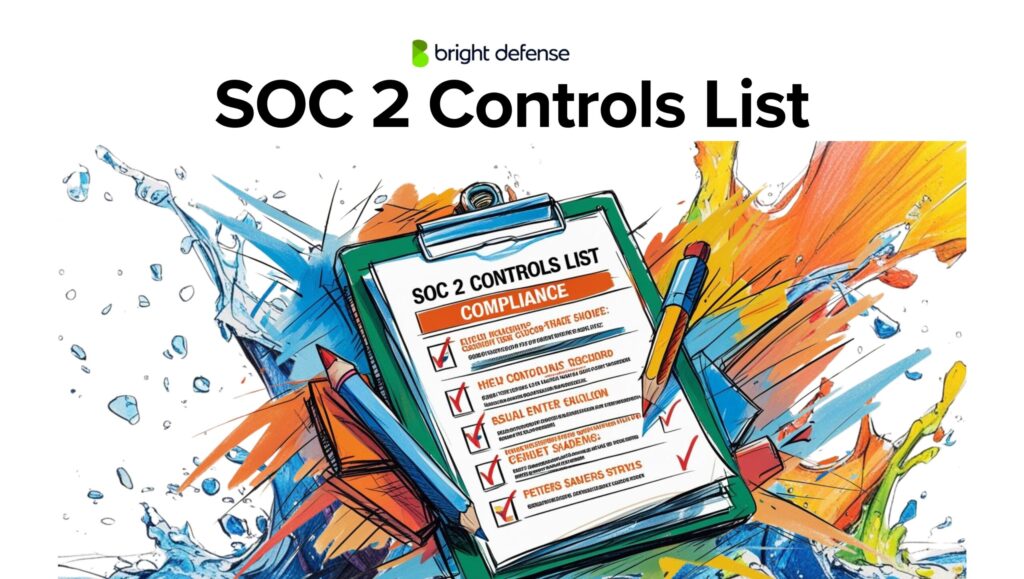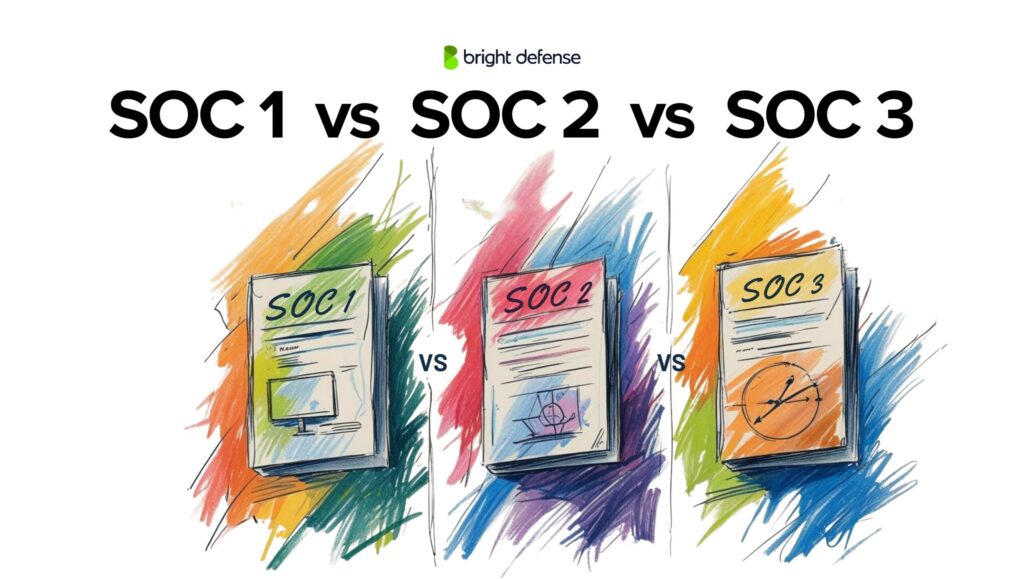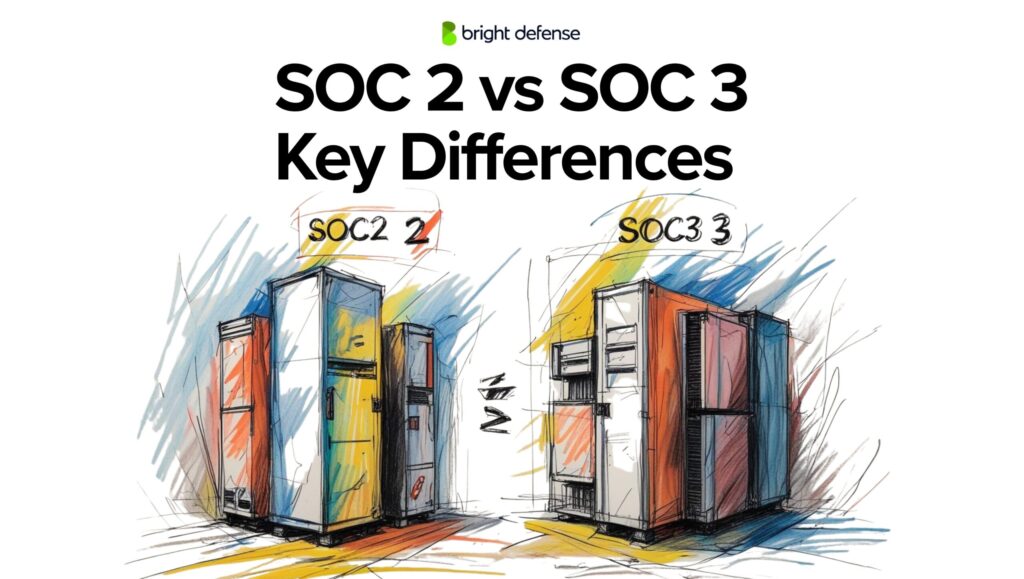
Tim Mektrakarn - CISSP | CISA | ISO 27001
June 28, 2025
CMMC Scoping Guide: A Strategic Approach to Certification
The Cybersecurity Maturity Model Certification (CMMC) framework is essential for organizations within the Defense Industrial Base (DIB) to protect Controlled Unclassified Information (CUI). A critical component of this framework is scoping, which defines the boundaries of an organization’s cybersecurity assessment.
This blog provides an overview of CMMC, delves into the intricacies of the Scoping Guide, and outlines steps to accurately determine your organization’s assessment scope.
As of September 2024, the Department of Defense has released the latest CMMC Scoping Guides for Levels 1, 2, and 3. These guides offer detailed instructions on identifying in-scope assets and understanding assessment requirements for each certification level.
What is CMMC
CMMC (Cybersecurity Maturity Model Certification) is a framework developed by the U.S. Department of Defense (DoD) to improve the cybersecurity of contractors and subcontractors in the Defense Industrial Base (DIB). Its primary goal is to protect Controlled Unclassified Information (CUI) that resides in non-federal systems used by DoD contractors.
CMMC 2.0 Levels
CMMC 2.0 categorizes cybersecurity readiness into three levels, each reflecting an increasing degree of sophistication in cybersecurity practices and processes.
Level 1 focuses on basic cyber hygiene practices, such as implementing standard antivirus software and regularly updating systems.
At Level 2, organizations transition towards documenting their cybersecurity practices, setting the stage for more advanced cybersecurity management, protection strategies, and the protection of Controlled Unclassified Information (CUI).
Level 3 introduces proactive and advanced cybersecurity measures, emphasizing the ability to adapt to and repel advanced persistent threats (APTs).
Importance of CMMC
The role of CMMC in securing the defense supply chain cannot be overstated. By mandating a standardized approach to cybersecurity across all levels of the supply chain, CMMC ensures that even the smallest suppliers implement appropriate cybersecurity practices.
This unified approach significantly enhances the overall security posture of the DIB, reducing vulnerabilities and protecting against cyber espionage and theft of sensitive defense technologies. Through CMMC, the DoD aims to foster a culture of continuous cybersecurity improvement, ensuring that the defense supply chain remains robust in the face of evolving cyber threats.
The Importance of the CMMC Scoping
Scoping plays a central role in both the certification process and overall security planning. A clearly defined boundary helps limit the assessment to relevant systems, making certification more manageable and efficient.
It also supports smarter use of cybersecurity resources, focusing efforts on assets that process, store, or transmit sensitive information. This targeted approach reduces exposure to cyber threats and strengthens defenses where they matter most.
Key Components of the CMMC Scoping Guide
The CMMC Scoping Guide breaks down into several key components, each designed to aid organizations in precisely defining the scope of their CMMC assessments. These components include guidelines on identifying and categorizing assets, understanding the flow of sensitive information, and delineating the boundaries of the assessment scope.
One of the guide’s primary objectives is to help organizations efficiently focus their cybersecurity resources on areas that directly impact the security of Controlled Unclassified Information (CUI) and Federal Contract Information (FCI).
Controlled Unclassified Information
Controlled Unclassified Information (CUI) and Federal Contract Information (FCI) are central to the scoping process due to their sensitivity and the protection requirements mandated by the Department of Defense (DoD). CUI refers to information that, while not classified, requires safeguarding or dissemination controls pursuant to federal laws, regulations, and government-wide policies.
FCI is information provided by or generated for the Government under contract not intended for public release. Identifying where CUI and FCI reside within an organization’s systems and networks is crucial for determining the scope of the CMMC assessment.
The protection of these types of information is a top priority, guiding the allocation of cybersecurity measures and resources.

CUI Flow and Enclaves
The concepts of an Enclave and CUI flow are pivotal in establishing the assessment’s scope. An Enclave refers to a security boundary that controls access to CUI and encompasses the systems and components that process, store, or transmit CUI.
Understanding how CUI flows within and between enclaves helps organizations identify where protective measures need to be applied and defines the boundary for CMMC assessment. By mapping the flow of CUI, organizations can effectively segment their networks, ensuring that cybersecurity controls are concentrated on securing the paths and repositories of sensitive information.
This focused approach not only enhances the protection of CUI and FCI but also streamlines the certification process by clearly delineating the scope of what needs to be assessed under CMMC guidelines.
Steps to Scope Your Organization for CMMC
Scoping your organization for CMMC certification is a critical step in ensuring that you efficiently allocate your cybersecurity resources and comply with the Department of Defense (DoD) requirements. The CMMC Scoping Guide offers a detailed roadmap for this process. Here’s a step-by-step guide on how to leverage the CMMC Scoping Guide to prepare your organization for certification:
- Identifying CUI and FCI within the Organization
- Begin by conducting a thorough inventory of all the information that your organization stores, processes, or transmits.
- Collaborate with contracts managers, information technology (IT) and security personnel to identify data that qualifies as Controlled Unclassified Information (CUI) or Federal Contract Information (FCI).
- Utilize the CUI Registry and DoD guidelines to accurately categorize information.
- Mapping the Flow of Sensitive Information
- Once you’ve identified CUI and FCI, map out how this information flows within your organization. This includes its entry points, how it moves through your systems, and where it exits or is stored.
- Document the flow of CUI and FCI to understand which parts of your network and systems are involved in processing sensitive information. This step is crucial for determining the scope of what needs protection.
- Defining the Boundary and Identifying the Enclave
- Based on the information flow mapping, define the boundaries around the systems and networks that process, store, or transmit CUI and FCI. This boundary delineation helps in identifying the enclave(s).
- An enclave includes all components within the defined boundary that need to meet CMMC requirements. Ensure that the enclave is properly segmented from the rest of the IT environment to provide adequate security controls.
- Assessing External Service Providers and Third-Party Connections
- Evaluate all connections to external service providers and third parties that may have access to CUI and FCI. This includes cloud services, subcontractors, and any other external entities involved in your supply chain.
- Determine if these external parties also need to be CMMC certified and assess the level of access they have to sensitive information. Ensure that they comply with the necessary CMMC requirements to maintain the security integrity of the CUI and FCI they handle.
Systematically following these steps, you can effectively scope your organization for CMMC certification, ensuring that you focus your cybersecurity efforts on the areas that matter most. This not only aids in achieving compliance but also strengthens your organization’s overall cybersecurity posture.

Practical Tips for Effective Scoping
Effective scoping is essential for streamlining the CMMC certification process and ensuring that your cybersecurity efforts are both efficient and compliant. Here are some practical tips and best practices for identifying and managing your scope, avoiding common pitfalls, and leveraging the CMMC Scoping Guide to minimize certification burdens.
Best Practices for Identifying and Managing the Scope
- Start with Comprehensive Inventory: Begin your scoping process with a detailed inventory of your systems, software, and data flows. This foundational step is critical for understanding where CUI and FCI reside and how they move through your network.
- Engage Cross-Functional Teams: Involve stakeholders from various departments, including IT, security, compliance, and operations. This ensures a holistic view of your organization’s practices and a more accurate scoping.
- Segment Your Network: Use network segmentation to isolate sensitive data and systems that process CUI and FCI. This not only aids in scoping but also enhances your cybersecurity by reducing the attack surface.
- Regularly Update Scope Documentation: As your organization evolves, so will your scope. Regularly review and update your scope documentation to reflect changes in processes, technology, and information flow.
Common Pitfalls to Avoid During the Scoping Process
- Overlooking Indirect Systems: Don’t just focus on systems that directly handle CUI and FCI. Consider the impact of indirect systems, such as authentication servers or network infrastructure, that, if compromised, could affect the security of sensitive data.
- Underestimating the Scope: Avoid the temptation to minimize the scope excessively in an attempt to reduce compliance costs. Inadequate scoping can leave critical assets unprotected and result in non-compliance.
- Ignoring External Dependencies: Ensure you consider third-party vendors and external service providers in your scope. Their access to your systems and data must be scrutinized and managed according to CMMC requirements.
Leveraging the CMMC Scoping Guide to Minimize Certification Burden
- Follow the Guide Closely: The CMMC Scoping Guide is designed to streamline your certification efforts. Use it as a step-by-step manual to ensure you don’t miss critical elements in your scoping process.
- Use Scoping to Prioritize Efforts: By accurately defining your scope, you can prioritize cybersecurity efforts and resources on the most critical areas. This not only makes certification more manageable but also improves your security posture.
- Consult with Experts: If you find the scoping process challenging, consider consulting with CyberAB CMMC Accreditation Body recognized consultants. Their expertise can help you navigate the complexities of scoping and ensure your efforts align with DoD requirements.
By adhering to these practical tips and best practices, you can effectively manage the scoping process, avoid common pitfalls, and use the CMMC Scoping Guide to your advantage. This will not only ease the path to certification but also enhance your organization’s overall cybersecurity resilience.

Conclusion
The CMMC Scoping Guide is an indispensable tool in the certification process, ensuring organizations accurately define the extent of their cybersecurity evaluation. It plays a pivotal role in streamlining efforts, focusing resources where they are most needed, and ultimately facilitating compliance with the Department of Defense’s stringent requirements. By effectively identifying the scope, organizations not only prepare for certification but also strengthen their cybersecurity defenses, protecting sensitive defense information against cyber threats.
We encourage you to take a proactive approach in understanding and applying the CMMC Scoping Guide. Familiarize yourself with its contents, involve relevant stakeholders in your organization, and use the guide as a roadmap to navigate the certification process. Whether you’re just beginning to prepare for CMMC certification or looking to refine your existing cybersecurity practices, the CMMC Scoping Guide is a valuable resource.
About Bright Defense
Take the first step towards securing your place in the Defense Industrial Base with Bright Defense’s expert CMMC services. Our team specializes in implementing the essential controls required for achieving both CMMC Level 1 and Level 2 certifications. Don’t let cybersecurity compliance hold you back. Contact Bright Defense today to elevate your organization’s security measures and navigate the path to CMMC certification with confidence and ease. Secure your future in the defense supply chain now!
Additional Resources
For more information and resources on CMMC and the Scoping Guide, consider the following:
- Official CMMC Information: Visit the Office of the Under Secretary of Defense for Acquisition & Sustainment (OUSD(A&S)) at https://dodcio.defense.gov/CMMC/ for official documents, guidance, and updates.
- CMMC Scoping Guide: Access the latest version of the CMMC Scoping Guide directly from the CMMC Accreditation Body (CMMC-AB) website to ensure you have the most current guidance.
- Recommended Cybersecurity Frameworks and Tools: Familiarize yourself with the National Institute of Standards and Technology (NIST) cybersecurity frameworks, such as NIST SP 800-171, for additional guidelines on protecting CUI and improving your cybersecurity practices.
- CMMC Cyber Accreditation Body (CyberAB) Contact Information: For specific inquiries, guidance, or to find a CyberAB recognized consultant, visit the official CyberAB website at https://cyberab.org/
Get In Touch



